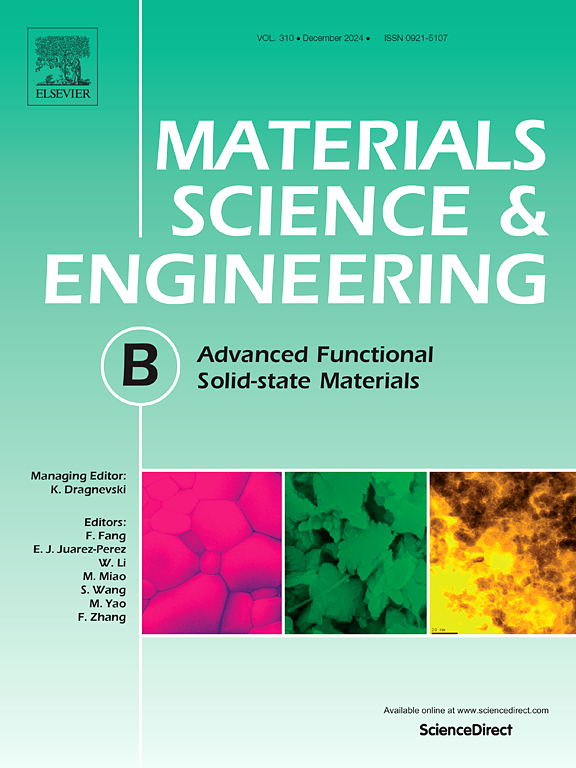原子尺度下二维纳米材料的原位结构工程
IF 4.6
3区 材料科学
Q2 MATERIALS SCIENCE, MULTIDISCIPLINARY
引用次数: 0
摘要
硅金属氧化物半导体场效应晶体管的小型化多年来一直遵循摩尔定律,但通道和栅极介电层正接近其物理极限。二维(2D)层状材料具有原子级厚度和丰富的物理性质,作为下一代晶体管的有前途的材料而受到关注。目前,人们对许多具有独特性能的候选材料进行了探索和研究。然而,由于一些固有的限制,人们对二维纳米材料的合理工程和可预测调谐越来越感兴趣。大量的注意力被引导到修改它们的原始结构或将它们设计成定制的架构,以满足各种应用的特定需求。虽然一些合成策略可以实现具有特定结构的材料的制造,但低维材料的高精度结构工程仍然是一个挑战。由于透射电子显微镜(TEM)的纳米级控制精度及其提供可视化平台的能力,本文总结了在实现二维材料高精度结构工程方面的一些最新进展。我们希望这些有趣的操作策略可以帮助理解合成策略的潜在机制,并为未来的结构工程和属性定制提供新的见解。本文章由计算机程序翻译,如有差异,请以英文原文为准。
In situ structural engineering of two-dimensional nanomaterials at atomic scale
The miniaturization of silicon metal–oxide–semiconductor field-effect transistors has followed Moore’s law for many years, but the channel and the gate dielectric layer are approaching their physical limits. Two-dimensional (2D) layered materials, with the atomic-scale thickness and rich physical properties, have gained attention as promising materials for next-generation transistors. Currently, many new candidate materials with unique properties have been explored and studied. However, due to some inherent limitations, there is growing interest in the rational engineering and predictable tuning of 2D nanomaterials. Significant attention is being directed towards modifying their pristine structure or engineering them into tailored architectures to meet the specific demands of various applications. Although some synthesis strategies can achieve the fabrication of materials with specific structures, high-precision structural engineering of low-dimensional materials remains a challenge. Here, due to the nanoscale control precision of transmission electron microscopy (TEM) and its ability to provide a visualization platform, some recent developments in achieving high-precision structural engineering of 2D materials are summarized. We hope these interesting manipulation strategies can help understand the underlying mechanism of the synthesis strategies and provide new insights for future structural engineering and property tailoring.
求助全文
通过发布文献求助,成功后即可免费获取论文全文。
去求助
来源期刊

Materials Science and Engineering: B
工程技术-材料科学:综合
CiteScore
5.60
自引率
2.80%
发文量
481
审稿时长
3.5 months
期刊介绍:
The journal provides an international medium for the publication of theoretical and experimental studies and reviews related to the electronic, electrochemical, ionic, magnetic, optical, and biosensing properties of solid state materials in bulk, thin film and particulate forms. Papers dealing with synthesis, processing, characterization, structure, physical properties and computational aspects of nano-crystalline, crystalline, amorphous and glassy forms of ceramics, semiconductors, layered insertion compounds, low-dimensional compounds and systems, fast-ion conductors, polymers and dielectrics are viewed as suitable for publication. Articles focused on nano-structured aspects of these advanced solid-state materials will also be considered suitable.
 求助内容:
求助内容: 应助结果提醒方式:
应助结果提醒方式:


